Getting a dog for the first time should be exciting, not a disaster waiting to happen. Yet countless well-meaning families dive into dog ownership without understanding that some breeds demand experience, patience, and skills most novices simply don’t possess. These dogs weren’t bred to be cuddly house pets – they were engineered for specific jobs that required intensity, independence, and sometimes aggression. When these traits meet unprepared owners, the results can be overwhelming, destructive, and even dangerous.
Border Collie: The Workaholic That Never Clocks Out
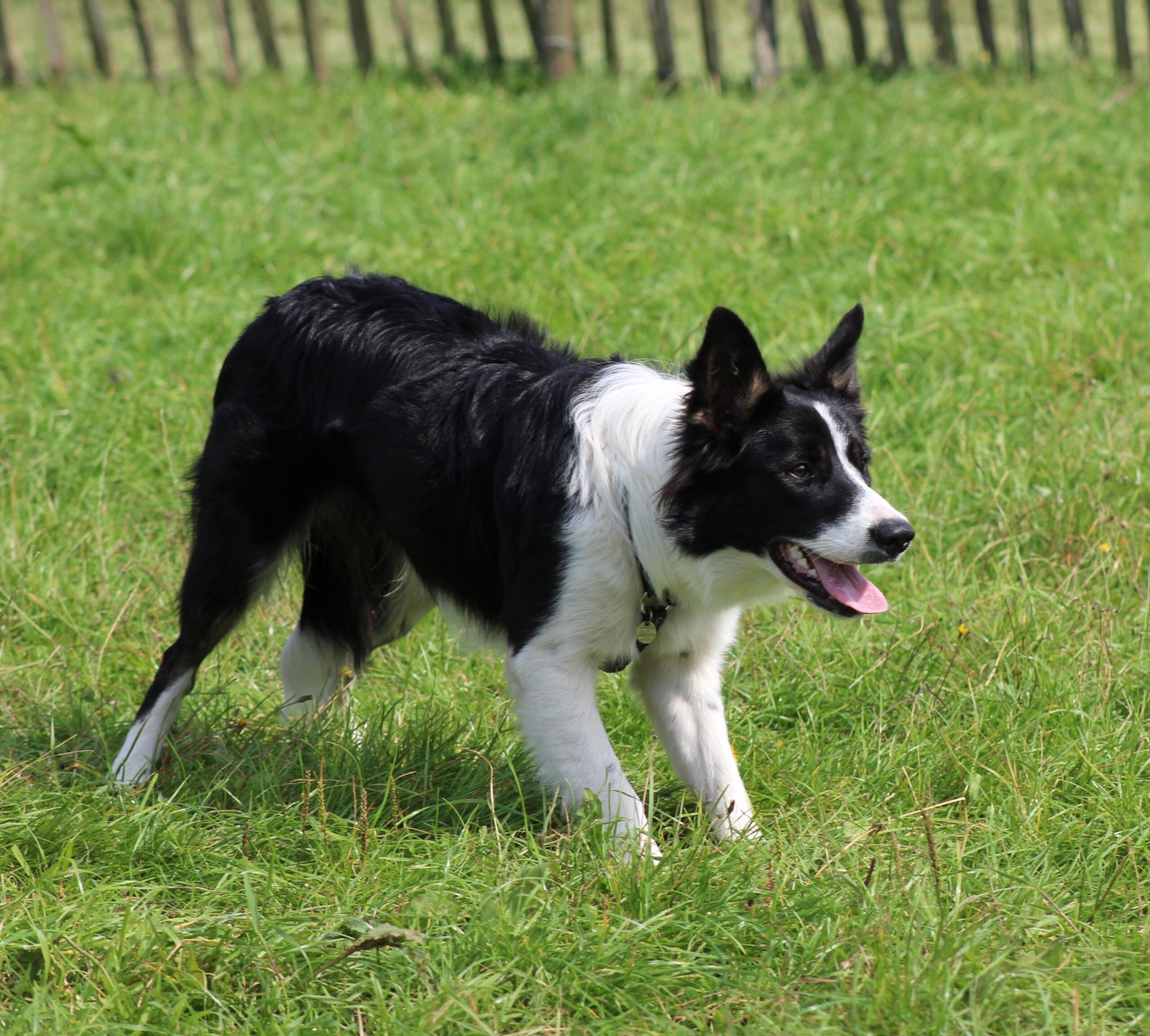
Border Collies are considered the most intelligent dogs since they need less than five repetitions to understand a new command. However, they are independent dogs. This intelligence becomes a double-edged sword for inexperienced owners who assume smart dogs are automatically easy dogs.
These dogs are best suited to country life and do not do well as urban apartment dwellers because of their intense need for physical activity. Natural herders, Border Collies are prone to nipping at peoples’ heels. They’re loyal and affectionate with their owners but tend to be standoffish or snappy with strangers. Without proper outlets for their boundless energy and razor-sharp intelligence, they’ll redesign your home in the most destructive ways possible.
Akita: The Gentle Giant with a Stubborn Streak
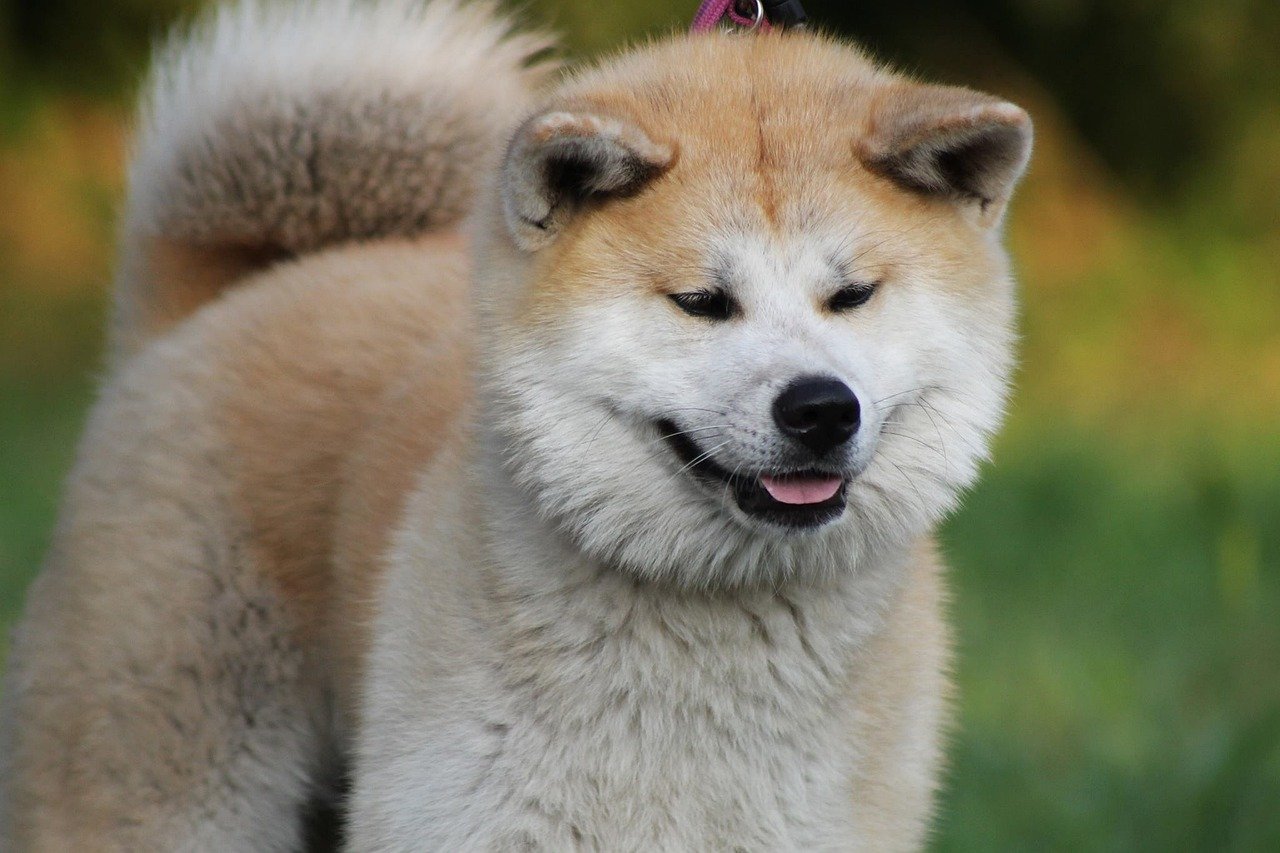
Akitas were bred to hunt big game, so they have a strong prey drive and can be aggressive if not adequately socialized and trained. Highly protective by nature, these dogs are often wary of strangers and do not always get along with other dogs. It takes an experienced pet parent to keep Akitas grounded and trained.
According to the AKC, they’re incredibly intelligent but also notoriously stubborn. You’ll need patience, consistency, and a strong understanding of dog psychology to train them. They can become headstrong and even territorial without proper training, making them difficult to manage in public or multi-pet households. First-time owners often mistake their dignified calm for obedience, only to discover they’ve adopted a furry dictator.
Siberian Husky: The Beautiful Escape Artist
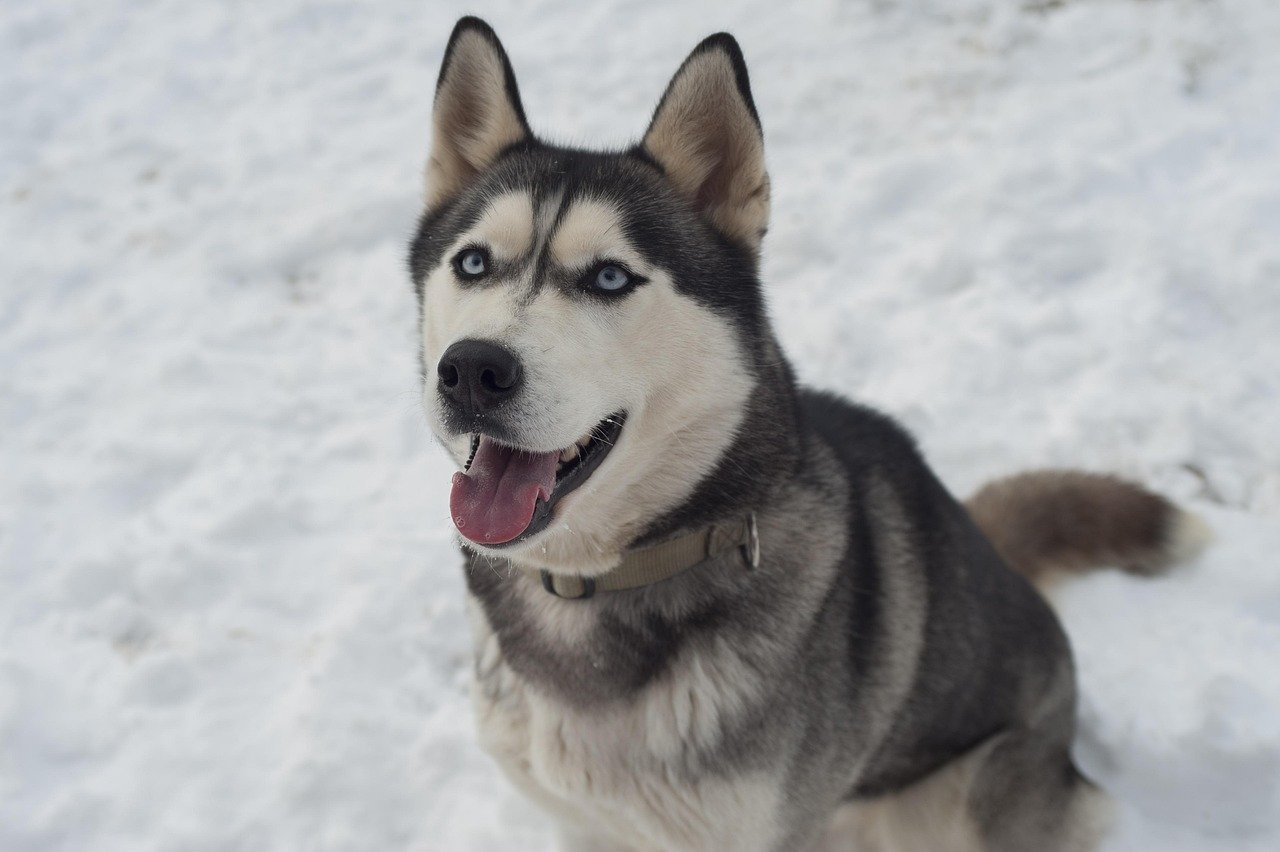
Siberian huskies are also one of the highest energy dogs out there, no doubt due to the fact that the breed was developed to be sled dogs capable of traversing long distances. They need heaps of exercise and mental stimulation. Otherwise, they’ll find more “unsavory” ways of exhausting their energy and relieving their boredom (i.e., chewing through your newly-bought rug…).
Another thing worth noting is that if Houdini was a pooch, he’d be a Siberian Husky; these dogs are notorious escape artists. If you’re not a fan of noise, be aware that huskies are extremely vocal dogs. They love the sound of their own voice and aren’t afraid to express their feelings to the world, whether through whines, chirps, or howls. Training a husky to keep their voice down can prove challenging, especially for first-time dog owners.
Belgian Malinois: The Intense Overachiever

The Belgian Malinois is an intelligent, energetic breed well-suited to military and police work. These dogs are fiercely loyal and make exceptional watchdogs. Unfortunately, they aren’t the best choice for new pet parents. These aren’t dogs that switch off after a long walk – they’re always “on,” scanning for threats and looking for their next mission.
They require strong leaders and extensive physical and mental exercise. Without the firm training and guidance of an experienced pet owner, they’re prone to neurotic and destructive behavior. If you don’t provide that, they’ll create their own missions – like redesigning your living room with their teeth. Think of them as Navy SEALs in dog form – magnificent with the right handler, catastrophic without proper guidance.
Chow Chow: The Aloof Emperor
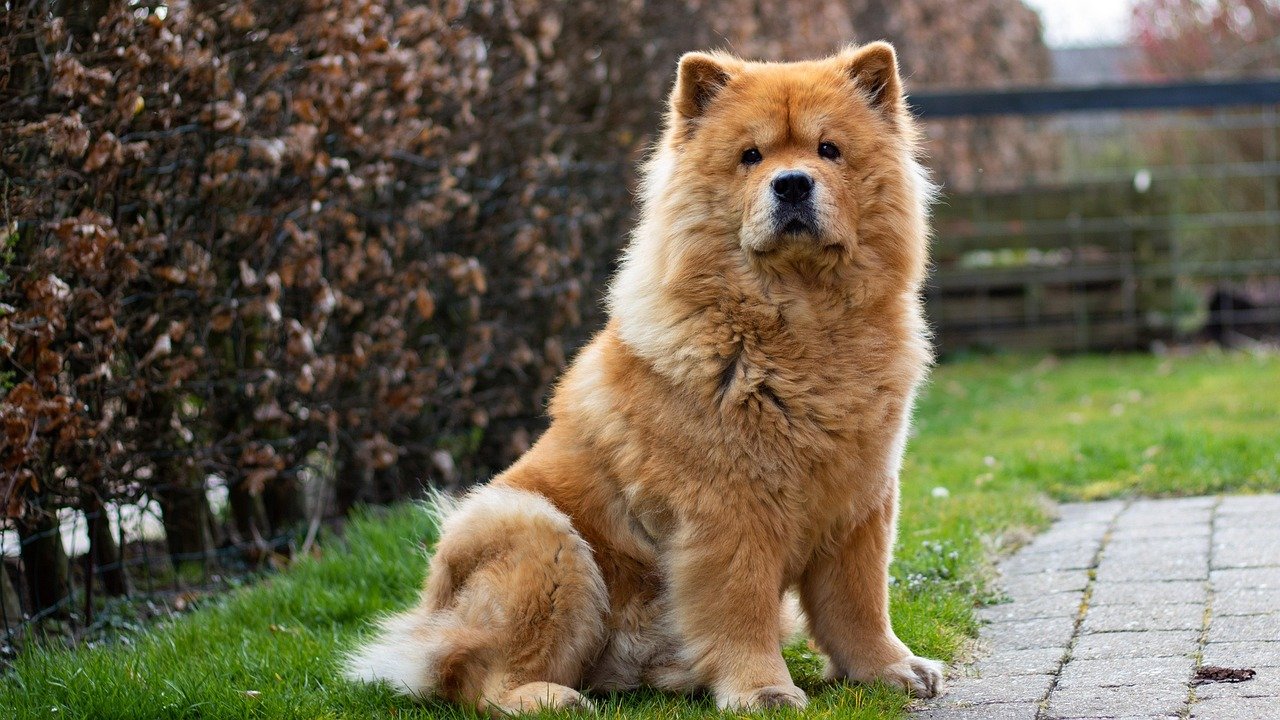
Despite looking like teddy bears, Chow Chows don’t act like them. Their adorable face and purple tongue stand out among other breeds. A Chow Chow is not the smartest of all the breeds and may require 80 to 100 repetitions to learn a command. Their lion-like appearance masks a personality that’s more like a grumpy monarch than a cuddly companion.
Unlike most dogs, Chows don’t live to please their owners. They’re not the type to fetch your slippers or eagerly follow commands. In fact, they tend to ignore commands completely unless they see a good reason to follow them. Chows are naturally suspicious of strangers and highly territorial. If they’re not properly socialized early, they can become overly protective or even aggressive toward unfamiliar people and animals.
Rottweiler: The Gentle Giant with Trust Issues

Rottweilers are the opposite of Chihuahuas: they are muscular, giant dogs that are totally convinced they’re tiny lapdogs. They love nothing more than cuddles and belly rubs, and they’re utterly goofy at heart. In the care of an ill-equipped owner, they can become too overprotective, which can lead them to act out aggressively toward strangers.
The general behavior of Rottweilers fluctuates significantly. You may find them being playful with you, but they become aggressive toward strangers and other dogs the next moment. So, owning a Rottweiler isn’t a smart choice for first-time owners. They require intensive training and socialization to become well-behaved adults. Their size means every mistake in training becomes a potentially dangerous situation.
Dalmatian: The High-Energy Shedding Machine

Dalmatians are working dogs packed with loads of energy. They were bred to run, making them one of the fastest breeds. Their energy levels make them quite a challenge for dog owners. Dalmatians can become destructive and bark endlessly when not given the desired stimulation. These aren’t the calm firehouse dogs from movies – they’re athletes that need jobs to do.
Despite having a short coat, Dalmatians still shed heavily, so you might have to use a vacuum cleaner often. Dalmatians are reasonably smart dogs, needing 15 to 25 repetitions to understand their owner’s command. They’re better for experienced owners due to their exercise and training requirements. Living with an under-exercised Dalmatian is like living with a caffeinated tornado.
Weimaraner: The Velcro Dog with Separation Anxiety
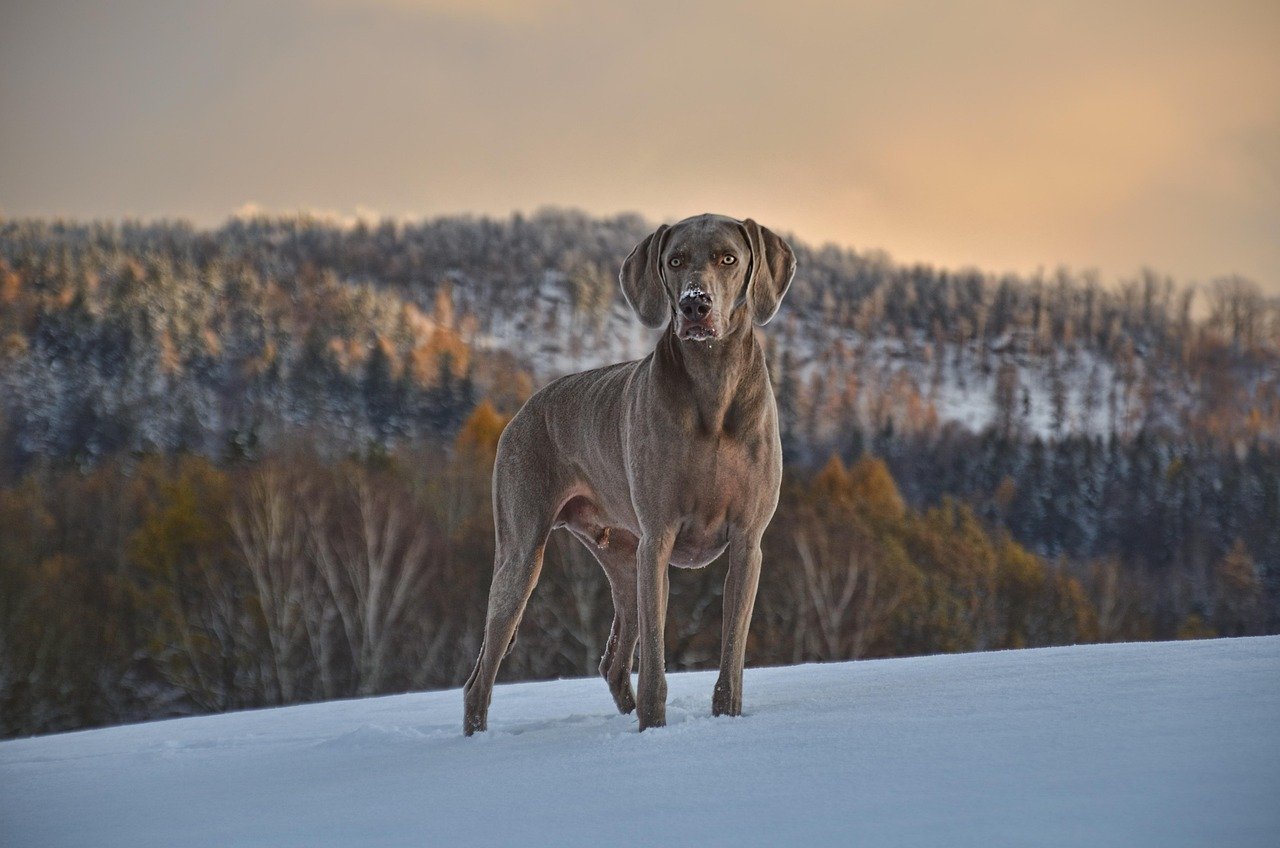
The “Gray Ghost” earned his nickname for his beautiful gray coat and habit of following his owner closely, but the highly intelligent Weimaraner isn’t the right dog for everyone. He’s extremely energetic with no “off” switch, and he’s not happy being left alone – separation anxiety can be a real issue with this breed. He can be difficult to housetrain and a hazard to cats and other small pets, but if you plan to spend many days hunting, hiking or doing obedience and agility with him by your side, you might have found your perfect companion.
Weimaraners are intelligent dogs that need to be managed by experienced owners. They’re also difficult to train at home since they have a high prey drive and like chasing other pets. If you go out for a jog, a Weimaraner can accompany you, but you’re unlikely to tire them out without providing more exercise. They’re beautiful dogs that demand constant companionship – not ideal for anyone with a full-time job.
Alaskan Malamute: The Furry Bulldozer
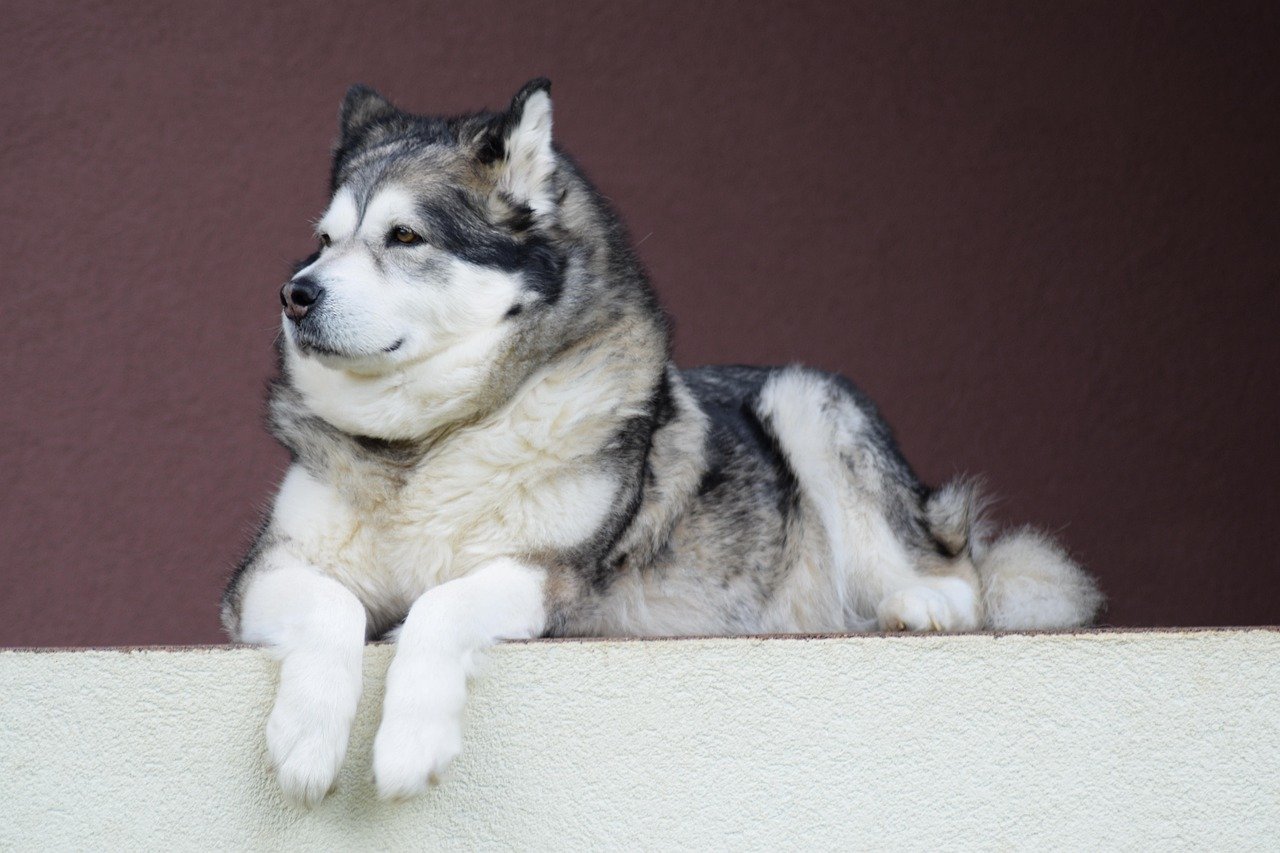
Traditionally bred as sled dogs, Alaskan Malamutes are high energy and shed heavily. They can be prone to pulling on the leash, which is a safety concern with such a large, strong dog. Similar to other high-energy breeds, these dogs require a lot of exercise and can easily become bored. They are escape artists and will run away, given the opportunity.
They are strong, aggressive, and powerful dogs that can be very dangerous if not properly trained and socialized. They are not recommended for first-time dog owners or families with small children. Therefore, socialization and kindness will prevent this dog from behaving aggressively toward people. Think of them as having the exercise needs of a marathon runner combined with the mischievousness of a teenager.
German Shepherd: The Overprotective Perfectionist
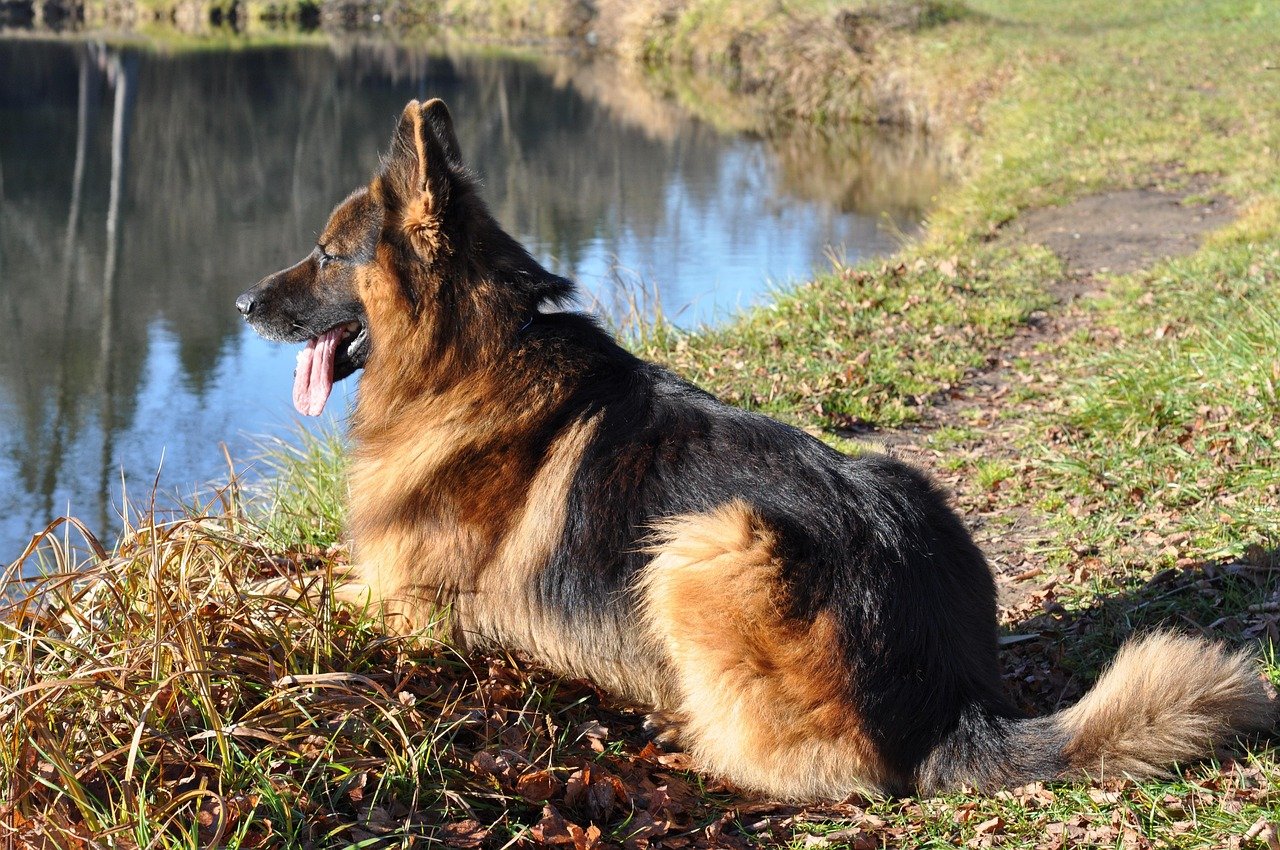
Guardian or Protective Breeds: Breeds with strong protective instincts, such as the Rottweiler, Doberman Pinscher, or German Shepherd, can be more challenging for inexperienced owners. They require proper socialization, consistent leadership, and early training to ensure they become well-behaved and well-adjusted companions.
German shepherds are workers with a history in law enforcement and militaries. They are intelligent, powerful, strong, and dangerous dogs able to inflict deadly attacks. German shepherds tend to be aggressive and territorial, causing 20 deaths in the aforementioned study. Fortunately, they are highly trainable. Their intelligence and loyalty are legendary, but without proper guidance, these traits can turn them into overprotective bullies who make their own rules about who’s welcome in your home.
The Reality Check Every First-Timer Needs

Choosing your first dog isn’t about falling in love with a breed’s appearance or reputation – it’s about honestly assessing your lifestyle, experience level, and commitment. Without much experience, highly independent, task-oriented, stubborn, aggressive, or anxious dogs can be very challenging for first-time pet parents and require intense training and attention. While dog breed temperaments can vary widely within individual dogs, some breeds are generally known to have characteristics that can be challenging for new owners.
The dogs on this list aren’t bad dogs – they’re just mismatched with inexperienced owners. No dog breed is inherently good or bad. However, some are much more challenging for their owners than others. Choosing a breed that suits your lifestyle and experience level is crucial as a new pet parent. Your first dog should be a gateway to the wonderful world of canine companionship, not a crash course in crisis management. When you’re ready to commit to the intense training, exercise, and patience these breeds require, they can become incredible partners. But honestly ask yourself – are you really ready for that level of commitment on your first try?

Andrew Alpin from India is the Brand Manager of Doggo digest. Andrew is an experienced content specialist and social media manager with a passion for writing. His forte includes health and wellness, Travel, Animals, and Nature. A nature nomad, Andrew is obsessed with mountains and loves high-altitude trekking. He has been on several Himalayan treks in India including the Everest Base Camp in Nepal.





